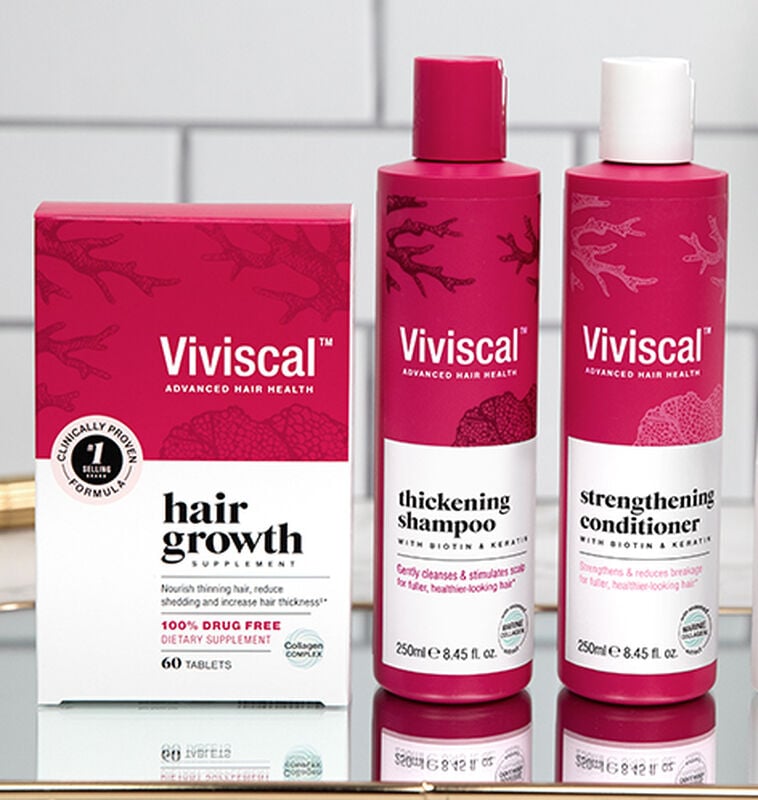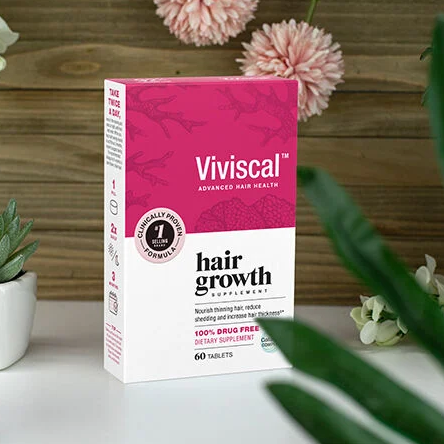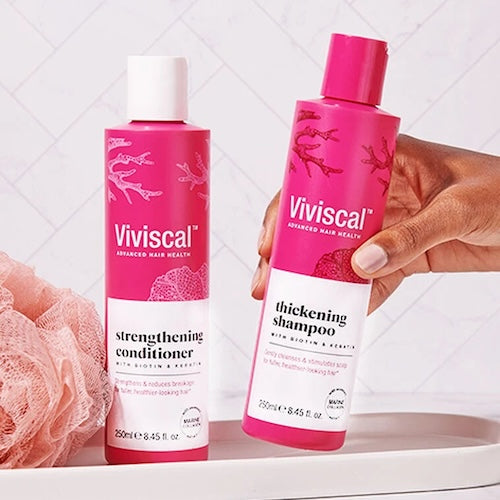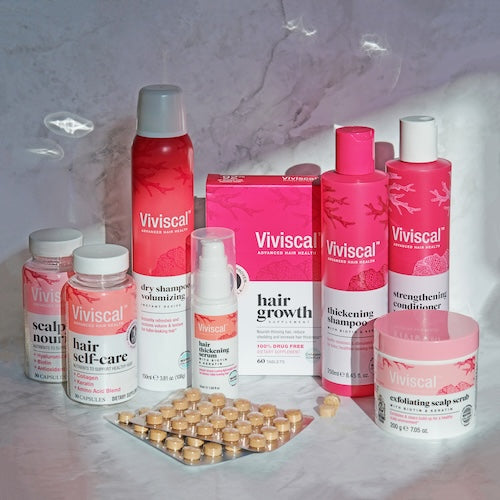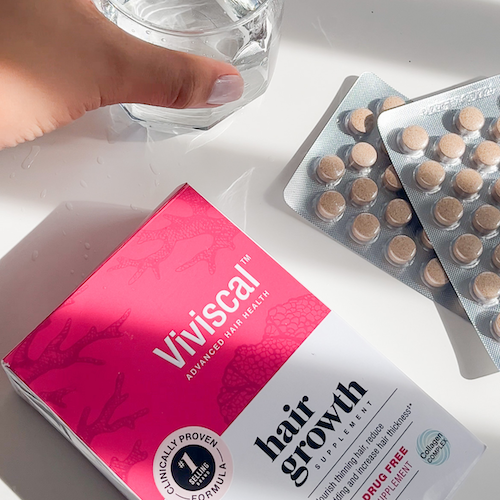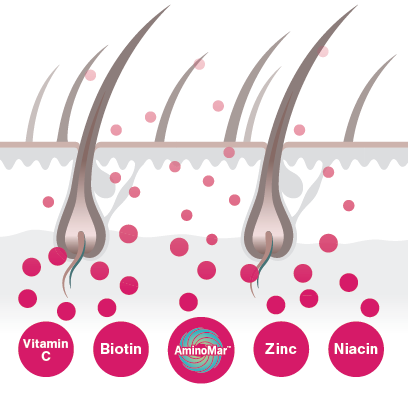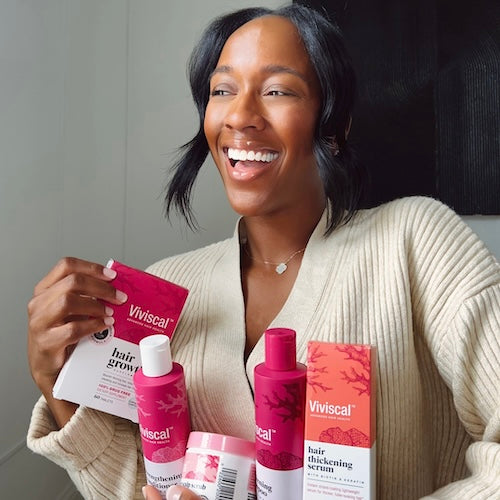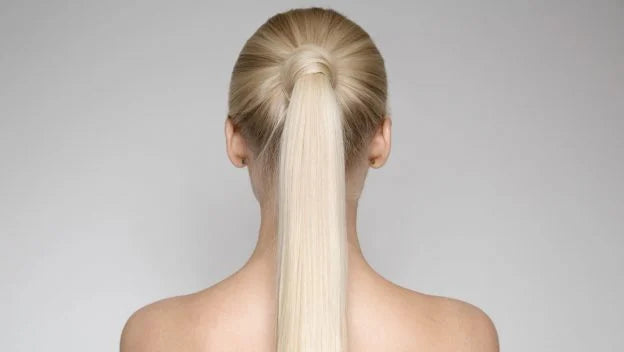If you have traction alopecia, it can be tough to find stylish hairstyles that don’t add stress to your scalp. Luckily, we have five safe and gentle hairstyles for you to try while your hair regrows.
We’ll first offer you some tips on how to treat and regrow your hair from traction alopecia-related hair loss.
What is Traction Alopecia?
Traction alopecia is hair loss caused by constant pulling on your hairline. Continuous mechanical stress weakens your follicles and makes them unable to grow hair. Symptoms of traction alopecia include a thin hairline, a swollen scalp, or short, broken hair.
Traction Alopecia Causes:
- Tight hairstyles like braids or cornrows
- Tight hats or helmets
- Extensions
- Sleeping in hair rollers
Is Traction Alopecia Treatable?
Good news: if you catch traction alopecia early, it’s treatable. Since it’s linked with mechanical stress and hairstyles, treatment is fairly simple. Here are some ways to treat alopecia:
- Use gentle hair products – Avoid shampoos with sulfates and try products that soothe sensitive skin.
- Speak with your doctor – If you have open sores or swelling, your doctor may prescribe antibiotics or topical steroids.
- Take hair vitamins – Help your hair regrowth process by taking nutritional vitamins. Viviscal Hair Growth Supplements are clinically proven to nourish thinning hair and promote hair growth.*
- Avoid tight hairstyles – Instead of tight braids and updos, try hairstyles that don’t pull your hairline.
5 Hairstyles for Traction Alopecia
1. Bangs
While you wait for your new healthy hair to grow, try adding bangs to your style. They can help conceal a thinning hairline and make your hairline appear more forward. They can also help make the crown of your head appear fuller.

Female hair salon customer getting bangs trimmed.
Try going with blunt or fringe bangs that fall in front of your forehead, and cut them above your eyebrow line.
2. Loose Braids
Instead of tight braids or cornrows, try loose braids to prevent hair loss. A simple loose braid looks put together without putting stress on your follicles. It’s best to have long hair for this style so the braid can be flexible enough.

Gorgeous blond woman against pink background
Try one long loose braid down the back of your head or two low pigtail braids. Depending on the thickness of your hair, more than two braids may begin to add stress to your scalp.
3. Low Ponytail
A low ponytail is a super easy and versatile hairstyle to prevent hair loss. Super high ponytails tend to be tighter and put more stress on the crown of your head. Low ponytails allow you to tie your hair not as tight.

To style a low ponytail, keep a middle part and sweep your hair towards the back. Secure with a non-elastic hair tie, silk scrunchie, or satin ribbons. Secure it so it’s not loose enough to fall out and not tight enough to pull your hair.
4. Hair Clips
Hair clips are a gentle and elegant way to style your hair while it regrows. The key is to use clips that are safe for thin hair. French barrettes, narrow-toothed claw clips, and non-slip sectioning clips are great for fine hair.

You can add a few non-slip clips to one side of your head to add subtle detail. Or, take a French barrette and create a loose half ponytail.
5. Natural Hair
The best hairstyle to prevent hair loss is letting your hair down. Going natural may be the best hairstyle for preventing hair fall for women with curly or coily hair. Protective hairstyles like braids or cornrows can impact hair health. Letting your hair go natural will give your hair and your scalp a break.

If you have curly or coily hair, gently brush your hair while it’s wet, and allow it to air dry. If your hair is straight, try untangling it only when it’s dry. Use light hair products, like light oils or mousses, to keep your hair hydrated and shiny.
What is your favorite hairstyle for traction alopecia? Tell us about it in the comments below!
